Naga Glacial Peaks
Central Artazia is dominated by giants that dwarf even the
God-husk Avartarian -- these rocky, near barren mountains are snow capped, ice-bound, and home to a huge number of glaciers. During the warm season these glaciers drift and produce run-off distributed all throughout the Naga mountain range.
The water produced within these mountain ranges is nearly crystal clear -- naturally filtered as it works its way through the hard stone, gravel, and sand of these rocky mountain slopes.
Cradle of Ice
Named for the fact that it acts as a nursery for the initial tributaries of River Artazia, this section of glaciers spans across nearly one third of the Naga mountains. There are 12 glaciers found within the Cradle, all of which directly feed into the countries largest river. Thanks to the increased industrial output across all of Cathedris, most, if not all, of these glaciers are in a state of permenant recedence.
Zone of War
With the threat of the ever raging
Avartarian on the "doorstep" of the Cradle, the area surrounding Naga mountains, and most of the Cradle of Ice, have fallen under the protection of the
Legion. Avartarian rampages and attacks essentially anything that moves, making the Legion's job of preventing newly formed
Rendlings from escaping down-stream into River Artazia main all that much harder.
You can see how the river has etched eons of history into that cliff face, revealing a great number of secrets once hidden under the planet's skin, as the water wore its way down to the level it's at now. — Geologist
Beyond the Cradle of Ice, exiting the Zone of War, these small winding tributaries slowly braid themselves together into the true beginnings of River Artazia. Here the flow of water begins to gather and cascade through more rocky terrain as it cuts through stone; rampaging down the slopes just as Avartarian rampages among the peaks.
This area of Artazia is home to a multitude of small caves and jagged cliffs, as the river takes entirely unpredictable paths down through the large changes in elevation. Various kinds of freshwater fish migrate up through these carved stone valleys to make their way to ancestral spawning grounds among the sharp rocks and tumultuous rapids.
Valley of Peace
Calm surface waters
Gradually the sheer cliffs and sudden elevation drops begin to lessen, and River Artazia begins to calm. The valley slopes on either side become more gentle, and the river itself widens out, producing a much less turbulent flow lined with countless evergreen trees previously unable to flourish further up the mountain.
So called the 'Valley of Peace', this section of the river creates homes for a much wider variety of life. Small remote villages and larger lakeside settlements can be found dotted along the river, with one lake in particular creating a home for one of Artazia's 5 main cities -- the city of Kagana, located along the shores of the world's deepest lake, the Deep Bend. The city is sustained by the abundance of fish and wildlife that reside within and around the lake, while they trade lumber and locally sourced metals from mountainside quarries with farther settlements downstream. The people of Kagana hold a great appreciation and fear of both River Artazia and the Deep Bend; the latter of which they believe to hold a great many secrets within its fathomless depths.
Myths from Below
The bottom of the Deep Bend has never been reached by any Kagana locals -- nor by any tourists or visitors from afar. This mysterious abyss is the source of various rumours and myths; locals believe that within the depths live monsters from ancient times, or perhaps even entire cities swallowed whole and lost to the ages.
Occasionally the bottom of the lake will release great clouds of
mostly inert gas, leaving some experts to ponder the geological processes that might have produced such an oddity of a lake; some point to the similar
Teneran Deep as an explanation, while others dismiss this similarity as mere coincidence. These mysterious bubbles have ocassionally brought up strange organic substances, or even pieces of unexpectedly bouyant materials, that prompt yet more wild theories as to what is below.
Strange things come floatin' up from the deep 'round here. Bubbles rise to break a mirror-calm surface, bringing with them debris that likely hasn't seen the surface in thousands of years.
Patrons click
tap
here for bonus info
— Deep Lake Local
The Deep Bend
The Deep Bend is essentially a widening and deepening of River Artazia -- constantly fed by the river upstream, and acting as a reservoir to stabilize the resulting flow downstream. The lake has very steep sides below the surface, and is thought to contain roughly 200 cubic kilometers of water, though this is an estimate, as the true depth of the lake has never been determined. Through limited exploration the lake "bottom" has been found to contain a wide bedrock shelf acting as an overhang, protecting the actual lake bottom from more vigorous exploration.
Should cargo be lost overboard, or ships themselves sink, the bedrock shelf combined with the steep lake sides results in any rescue or retrieval attempts becoming essentially impossible -- most items will tumble over the shelf and drop to the unreachable depths below. Few times throughout history have sunken items been retrieved from the lake, all of which had fortunately come to rest on the shelf, a mere 400m down.
A variety of fish live within the Deep Bend -- various bottom feeders, migratory fish, or predators that all make for great fishing. The lake is so populated that fish are a part of all main staple dish of Kagana and surrounding smaller settlements. However, an awful tasting invasive species from Kazcallen known as Mudstelle is beginning to out-compete local wildlife, causing local anglers to become concerned.
I've fished this lake for all m'life. It doesn't matter how many of 'em I pull up, I'm never eating a Mudstelle again. — Deep Bend Angler
Deep Delights
The most common, and most popular fish to catch within the lake are the Mirrorhead Trout. They can grow to be up to 50cm in length, and have a clean, fresh taste, that pairs nicely with almost any spice applied to them. These fish are so popular that signs of overfishing are starting to become apparent.
Mirrorheads live most of their life in the Deep Bend, above the shelf, but venture upstream to various rocky gravel beds in order to spawn.
Foul from Below
Brought in from the overseas country of Kazcallen in an unfortunate experiment, Mudstelle are an invasive species that are starting to reach population levels that make aquatic life unsustainable for most other fish within the lake.
Mudstelle live and spawn only within the lake, with short life spans and the capacity to eat nearly anything. Their meat is slimy, turns to mush when cooked, and reportedly tastes of mud or rotten meat.
Ruins in the Abyss
Below the bedrock shelf, unknown to all above the surface, the lake stretches downwards by nearly another full kilometer. No light penetrates this deep, stopped by the geometry of the lake bottom and the depth of water -- allowing for all manner of things to be hidden within the darkness. Here, in one of the world's deepest locations, an ancient city lay forgotten -- coming from a time before
the Seven Day War, possibly before the
God-husks themselves.
This historic site is essentially lost to time; only passing mentions of it exist within rare texts, never containing information pertaining to the settlement's location, and most of which is dismissed as mythology. In actuality, during prehistoric times the settlement was a bustling metropolis -- however, geologic processes opened a great rift in this location, and swallowed it whole.
Over thousands of years, River Artazia gradually refilled this rift, preserving the remains of this city within time; an undiscovered mystery at the bottom of the Deep Bend.
~
Yet these very same geological processes that swallowed the city might in turn cause its rediscovery. Whatever caused the planet to open up before is beginning to act up once again -- great bubbles of gas from below the lake rising up, bringing with them bits of whatever lay at the bottom of the lake. Pieces of building materials the size of a fist have been floated to the surface, betraying the existence of
something below.
This book tells of these incredible ancient cities, scattered across the globe. We've sadly never found any... but I want to believe that one of them exists here, at the bottom of the Deep Bend. — Local Historian
The serene waters of the Deep Bend flow calmly enough so as to not disturb whatever remains within the abyss. Should the geology of the area remain stable, what lies at the bottom may stay there for all eternity as the river passes through the crushing depths like a fleeting thought -- transitioning towards the next destination on River Artazia's long journey. — Local Historian
Veritan Rainforest
In a relatively shallow section of the Deep Bend, with overgrown shores containing evergreen trees and various aquatic flora, River Artazia exits the lake and continues onward. As the elevation drops and the river progresses towards the ocean, Veritan Rainforest has grown in response to both a warmer and a wetter climate -- known as a temperate rainforest, it's the home of countless ancient trees and wildly diverse flora and fauna. Smaller rain-fed tributaries once again begin feeding into the main River Artazia -- bringing with them mud and silt washed out of the surrounding ground, muddying the once clear water.
The trees surrounding the river in this biome flourish in the warmth, and grow massive thanks to the abundant moisture. On all sides, thick evergreen forests grow freely -- giant trees reach to the sky, their bark and the forest floor below covered in thick moss. Many mammals, both large and small, call this forest home; however their natural habitat shrinks each year, as the old growth trees produce high quality lumber that make them lucrative to log in excess.
River Artazia cuts a wide path through the rainforest, making travel and industry up and down the river an easy task. Many logging companies have set up camps along the river side, where a multitude of logs are cut down, tied up, and floated down the river in groups to warehouses or lumber mills within Port City at the river's mouth.
Some of the most beautiful views in the world can be found within this forest. It's a shame how much of it is gettin cut down, though. — Port City Local
The impact of the increased logging is likely felt most by the popular River Pilostra; a semi-aquatic mammal that lives within the river and surrounding trees, and also happens to be the "mascot animal" of Port City. Their paws feature webbed claws that enable both climbing and swimming, making them the tiny kings of the rainforest; they live and hunt within the flowing river, yet make their homes within the tallest and oldest trees they can find, as protection from predators.
Unfortunately, the tallest and oldest trees are seen as the most profitable, and are thus cut down first. Taken in combination with increased traffic up and down the river, which makes hunting for fish much harder for the Pilostra, this means their numbers have significantly dwindled in recent years.
The Meanders
The section of River Artazia most populated by River Pilostras is known as the 'Meanders' -- here the river takes wide, sweeping turns back and forth, nearly looping on itself. The ground is much less rocky in this area compared to farther up river, and thus the water is much more likely to wander over time, producing the titular meandering shape.
To this day the river banks still shift by a meter or so per year, and is something carefully watched by locals to warn of eventual possible damage to nearby structures.
River Pilostras are found all over Artazia, and thus are of course our mascot. Now, who wants to buy a plushy Pilostra? — Artazian Tour Guide
Gradually the massive evergreen trees and rich, moss covered soil that make up the river banks gives way to a flatter, silty landscape covered in tall grass. The water quality drops and becomes more murky, and trees become more sparse as River Artazia reaches the coast; here it forms a massive sprawling delta, upon which another of Artazia's 5 main cities has grown -- the massive metropolitan trade hub known as
Port City.
This may just appear on the outside to be your standard trade hub of a city, but don't be fooled. Plenty of pirates and bounty hunters call this place home. — Port City Local
Port City
The majority of Port City residents live away from River Artazia itself; choosing instead to have their homes closer to the ocean, near the city center built upon hardy outcroppings of rock and stable ground. Along the river banks are instead where the city places all of its factories, mills, and warehouses -- making great use of the ease of travel the river provides.
Additionally, while the practice is frowned upon, River Artazia makes a simple and efficient waste disposal system for all the factories along its banks; the river mouth outputs into the ocean far from Port City's harbour, and ocean currents take it from there, ensuring no waste interferes with the city's bustling trade industry.












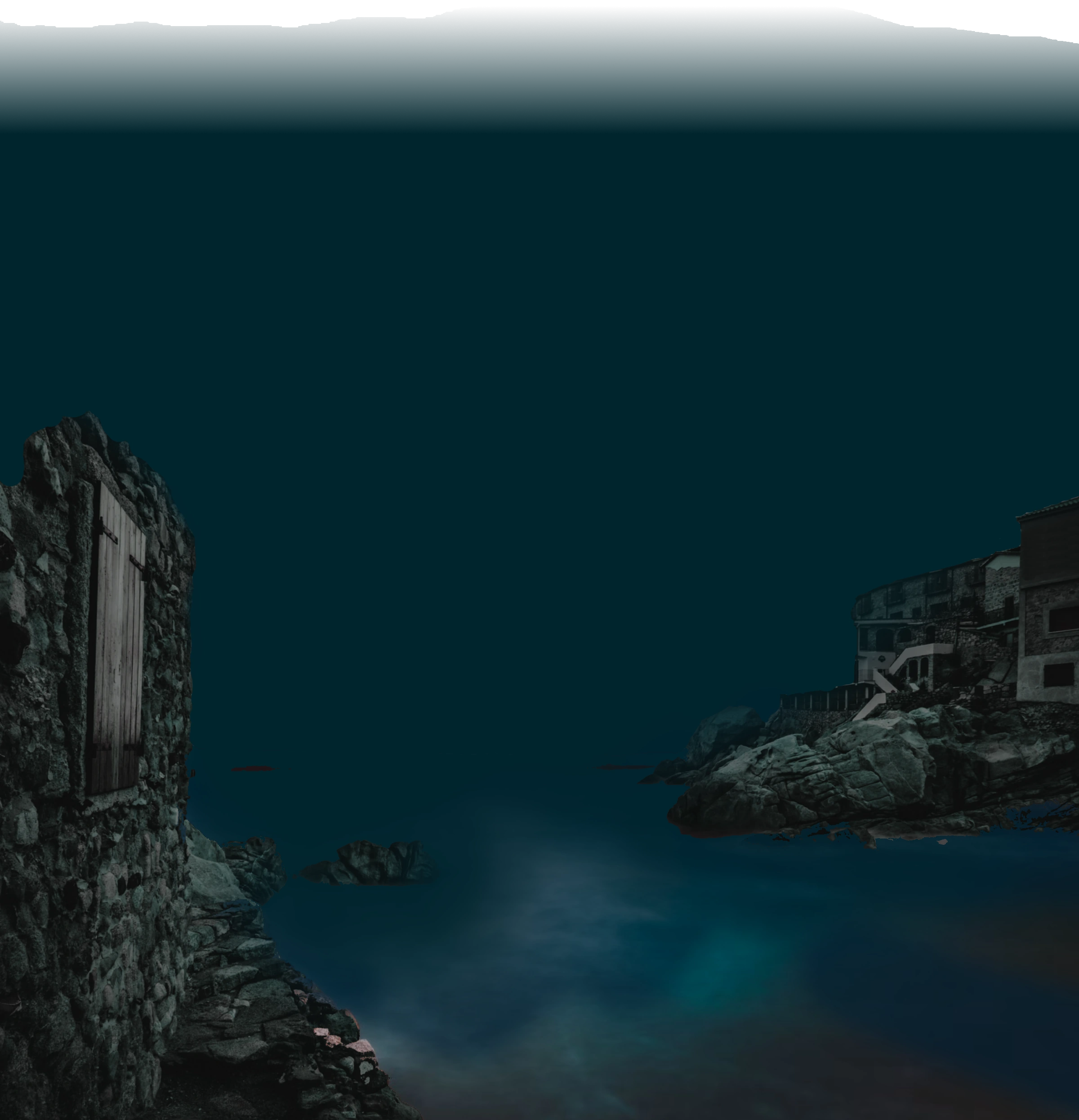


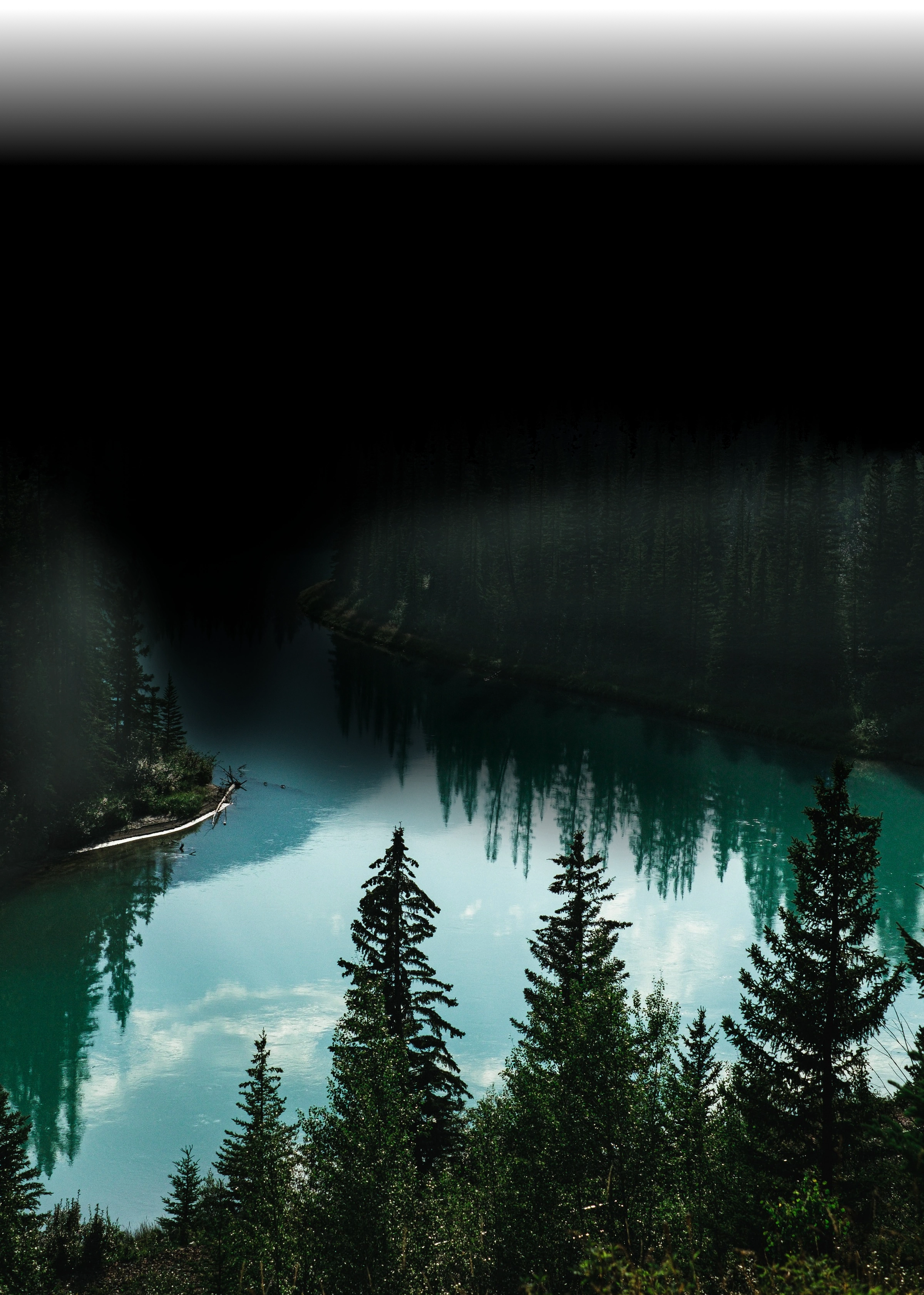
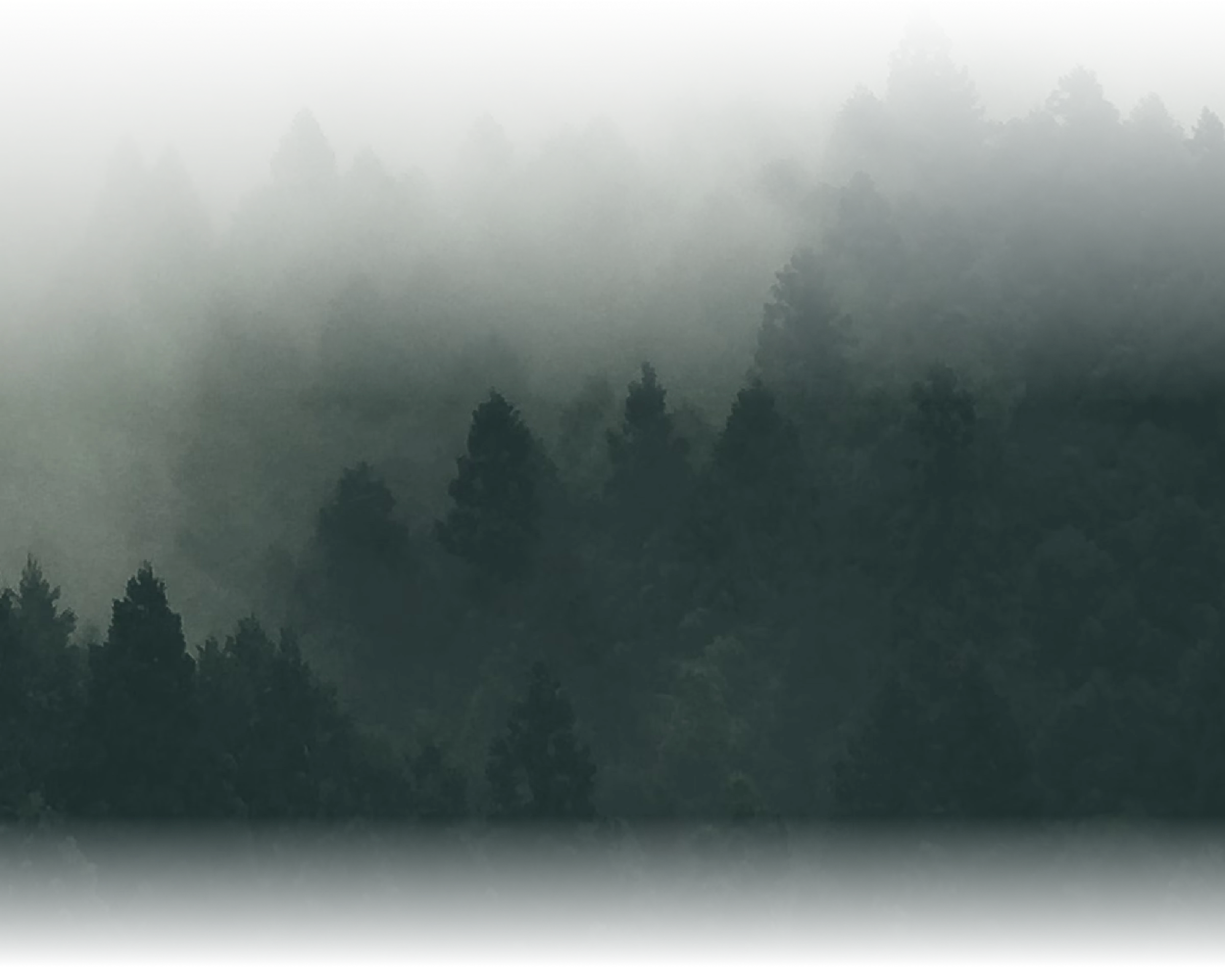


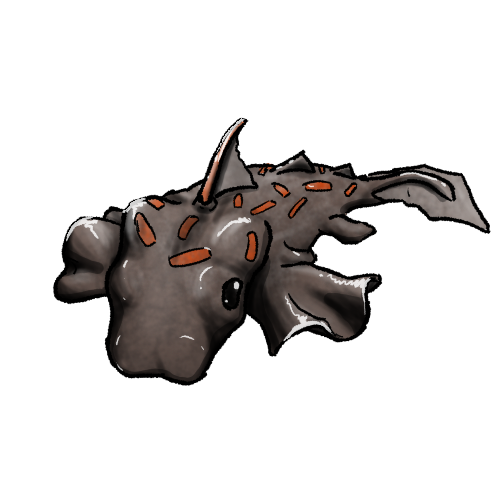
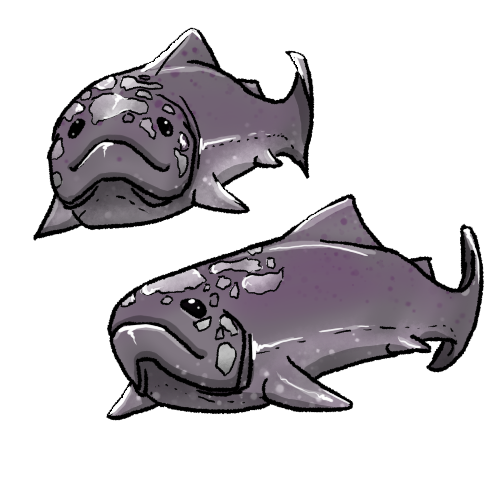
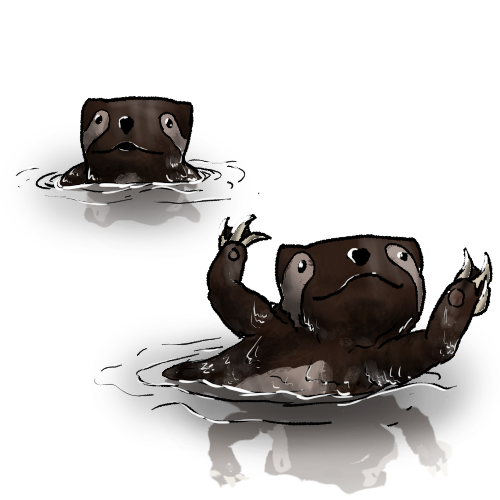

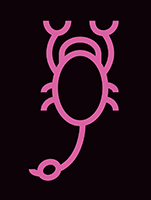

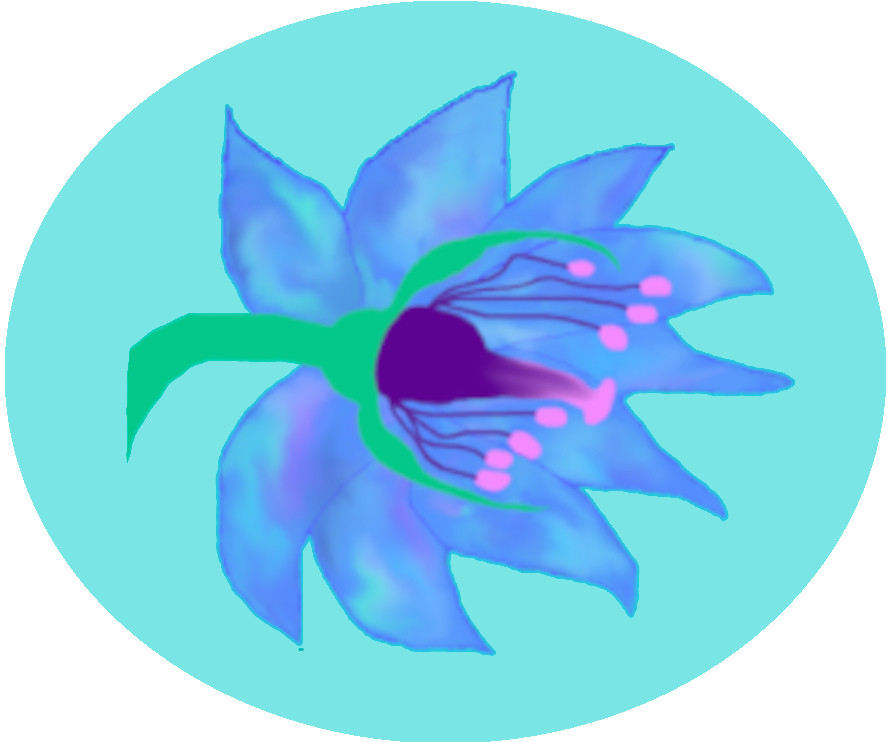







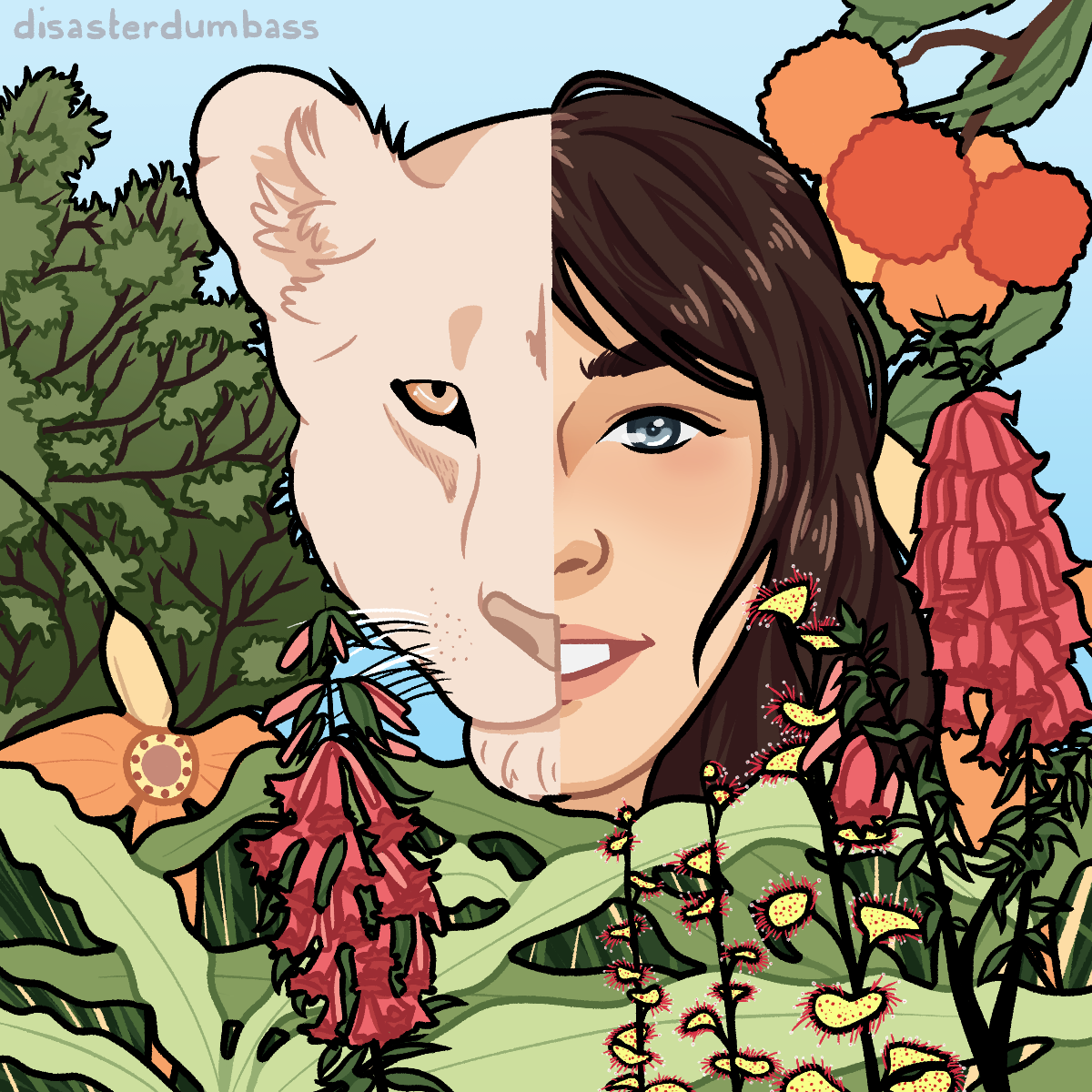

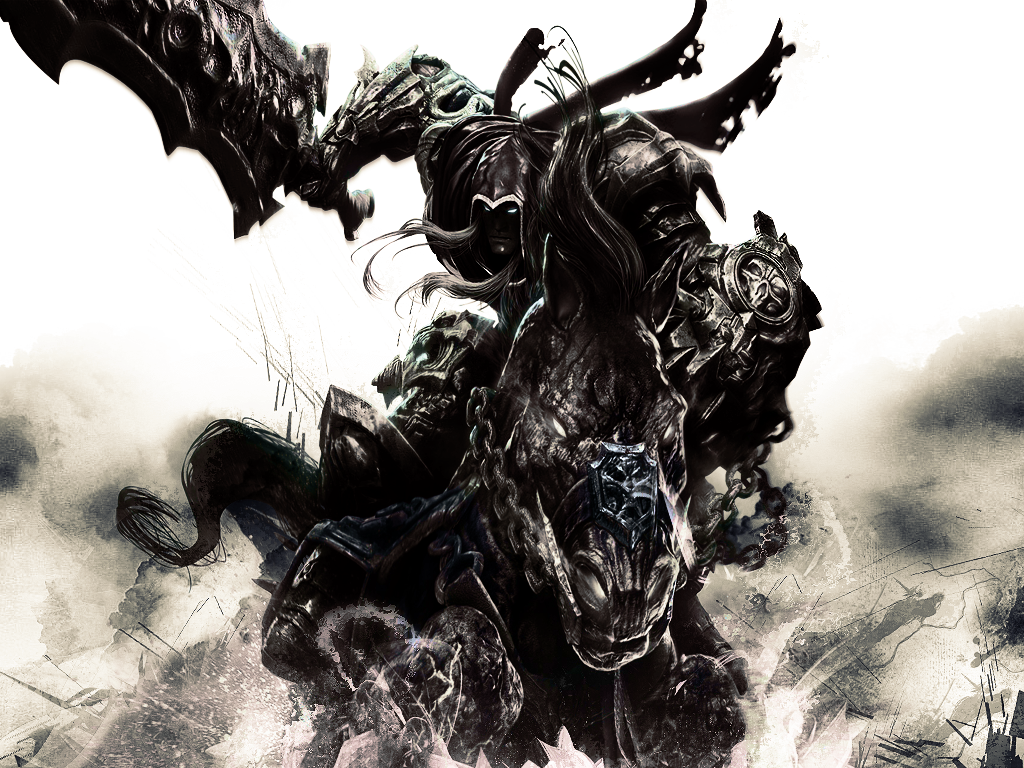
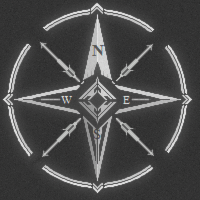

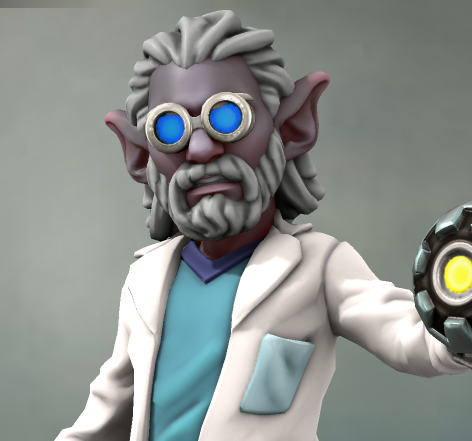





You've created yet another absolute masterpiece. I can really see the textbook vibe you're going for and I love how the background flows into these different themes as you explain them in text in such detail. Absolutely love it! Keep up the amazing work! :D
Thank you so much Shadow!! I'm so glad that vibe came through, I had a lot of fun making this and designing the layout :D Thank you!